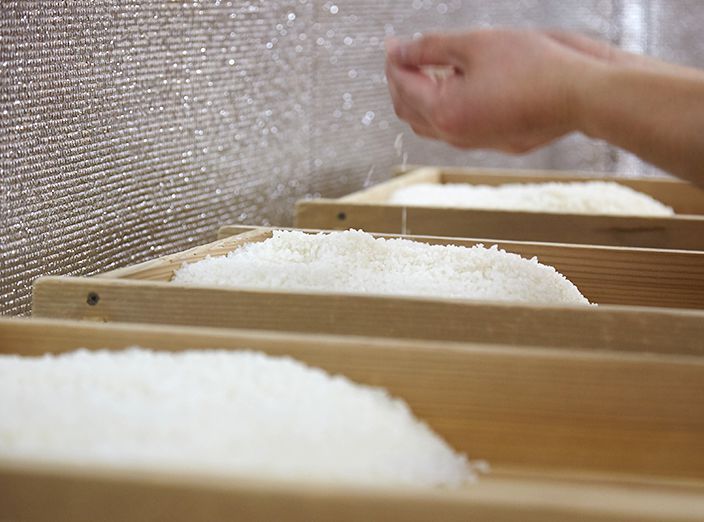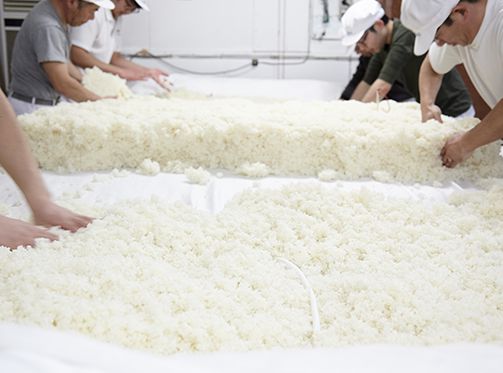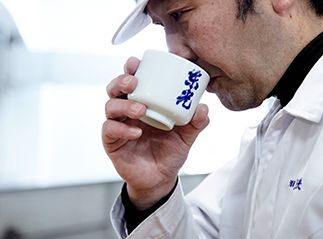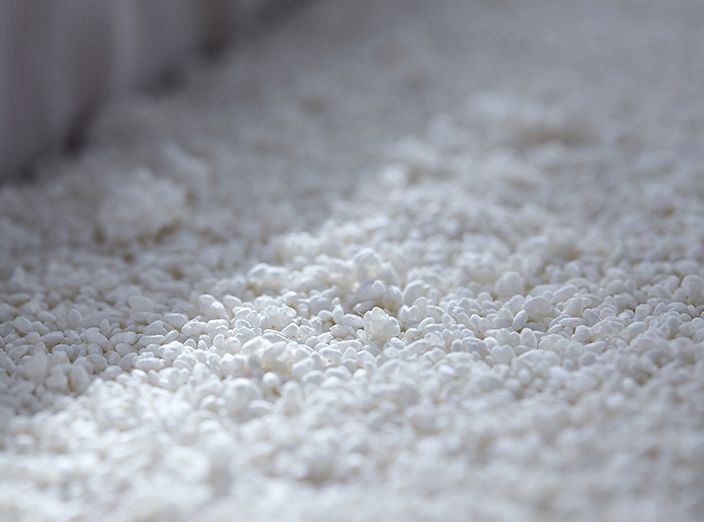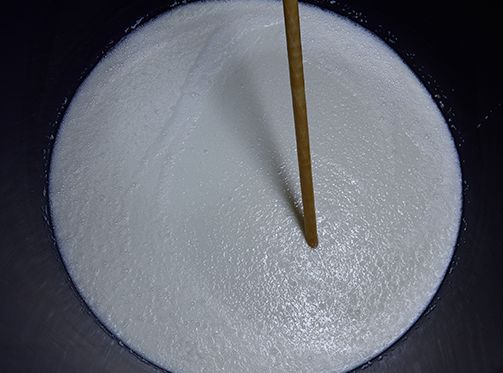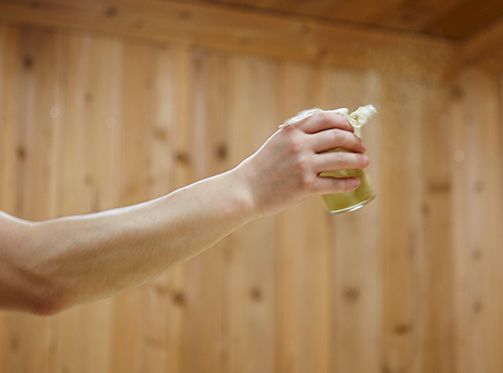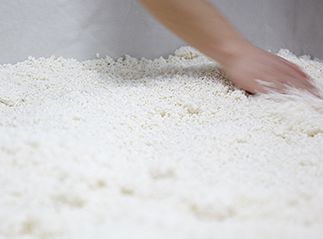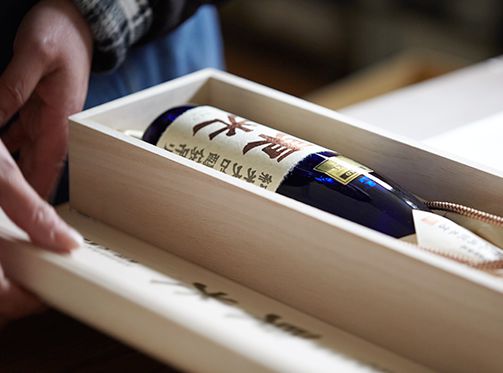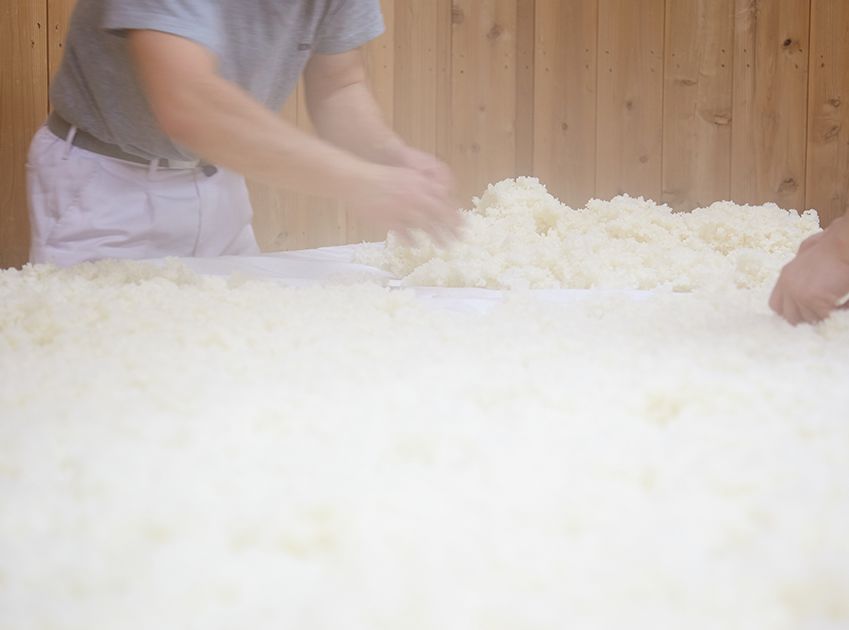Kojima Sohonten is the closest brewery to the source of Mogami River and has been blessed with the cleanest soft water. Yonezawa, where the brewery is located, is in a heavy snowfall area where annual snowfall amounts to six meters. The abundant water from melting snow that flows from Mt. Azuma becomes the source of the Mogami River which runs through Yamagata Prefecture.
The headwaters of the Mogami River consist of melted snow-water that filters through the strata, absorbing minerals and turns into groundwater with an elegant mouth feel until it arrives at our brewery. The temperature of the groundwater equals to the annual average temperature of the land. Water from our well is at 11℃, which is Yonezawa’s annual average temperature.
11℃ is the temperature we recommend for drinking Toko. No one knows if it’s just a coincidence. Though, once you drink Toko and feel the soft, delicate texture, you might arrive at a simple conclusion: “the natural temperature brings out the best.”





